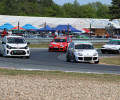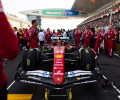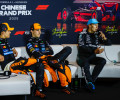From Auto #18: Question: In an age of on demand sporting action, do motor sport events need to be shorter?
Is it the duration of a sporting event that makes it attractive to audiences, or will pure entertainment always win the day? AUTO sought the views of three motor sport insiders
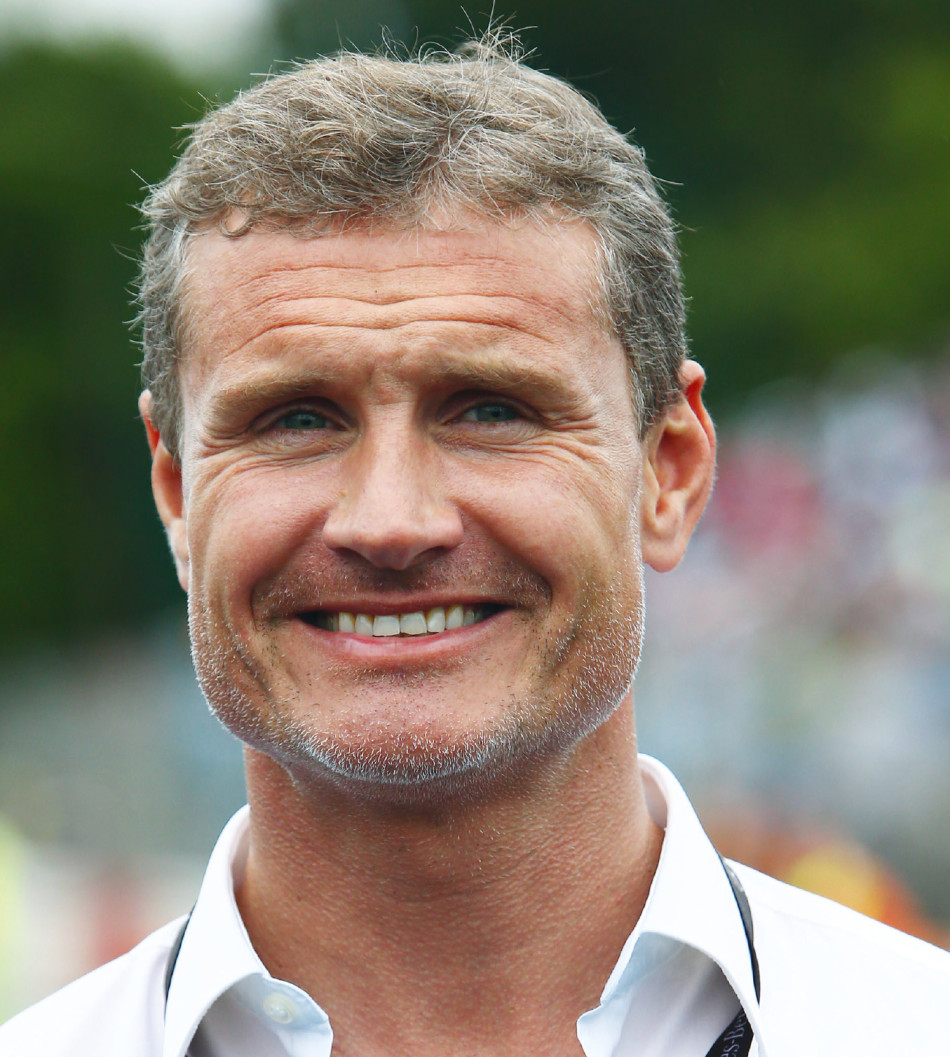
Click here to read the full Auto #18 magazine.
David Coulthard
Grand prix winner and TV pundit
In its original form grand prix racing was a much longer event than the Formula One we know now – a race of around 306km with a total time of four hours including stoppages. Curiously that duration came about after a marathon 2011 Canadian GP, a race people still talk about as a classic. So for me it’s about entertainment rather than duration. If you look at other sports, football matches are 90 minutes long, Wimbledon finals can stretch to many hours, but are often incredibly spectacular. With both it’s about the unfolding drama and F1 races are no different. There is a build-up and anticipation to a grand prix that makes it a truly spectacular event. Also, given the range of race durations we have across the season – the shortest, Monza, being about one hour and 20 minutes and the longest being Singapore at two hours – I think we have enough variation to fulfil the need for quick-fire action and longer, evolving races. When you have a race like that 2011 Canadian Grand Prix or last year’s Brazilian GP, which lasted just over three hours due to rain and stoppages, people remain excited and engaged. They talk about the incidents and accidents more than they say, “that was good, and thank god it was only an hour long”. I accept that kids are consuming things in shorter formats, but I feel they consume in that manner when they’re clicking through things with their friends – finding something unusual or amusing. If they’re actually playing Minecraft or whatever game they’re into they can do that for hours and that’s because they’re engaged with it. F1 is as popular as it’s ever been. We’re not seeing a drop-off in popularity, but we are seeing viewing figures declining because of a move to the pay-per-view model. The commercial rights holder put the nail in the coffin of big TV audiences because of the desire to extract greater revenue – that benefits the sport’s owners and teams but not the audience, as not everyone can afford pay-per-view. For me, that’s a more relevant argument. Are you chasing audiences that are still there but just don’t have access? Physically, F1 should be about the drivers having had to work hard enough for them to get out looking tired. MotoGP is a much shorter format at the pinnacle of motorbikes. Again not to diminish MotoGP, but if we had a 40-minute grand prix is it really going to be any better?
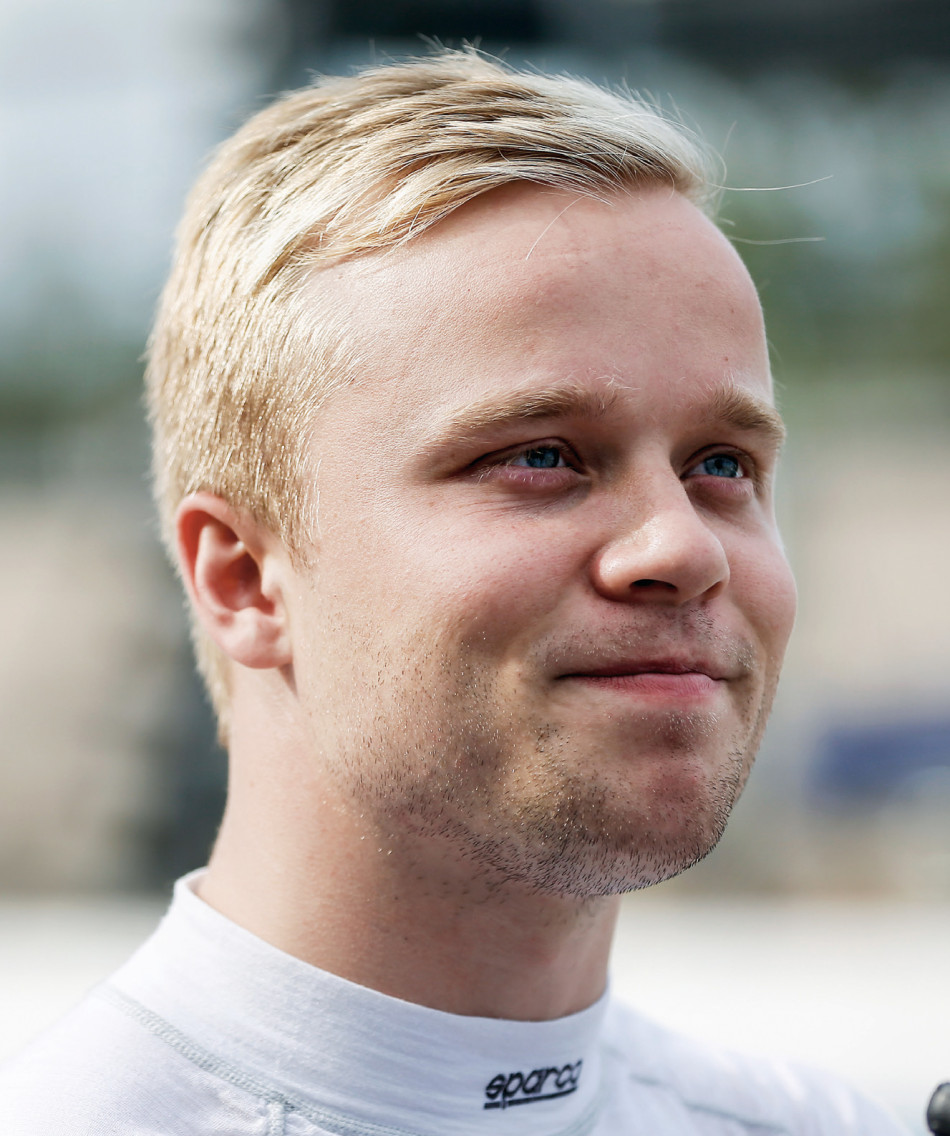
Felix Rosenqvist
Formula E driver
I think some races may feel very long because the action is not there, but there are also those exciting races that you wish were a bit longer. To make shorter races is not necessarily the key. You have to look at each discipline with a different perspective.
For example, I definitely don’t think rallies should be shorter. In rallying, it’s a big adventure with endurance and the crew that finishes all the stages the fastest is the winner. In a world where everything is instant and everything is online, I think Formula One could be seen as being behind. When it comes to putting up YouTube clips, Instagram, Facebook and so on, the viral spread is not there and that’s because of the traditional TV rights model Formula One operates under. It feels as though it is purposely limiting people from sharing what’s going on. If you have clips that can go viral, then it can be a lot like football around the world. Some people will sit and watch football for 90 minutes but in the end there may be one moment that is very interesting and everyone will watch that one clip on YouTube the day after. We are missing that viral aspect and it’s a big loss. Formula E has been quite good in the way they are thinking about the media and reach through sharing highlights and replays. It obviously doesn’t have the spread yet that Formula One has, so the difference has to be made in F1 first, but I think they could learn a lot from Formula E at the moment. They have understood the way you have to treat your fans to have a sustainable media model in the same way that major American sports do.
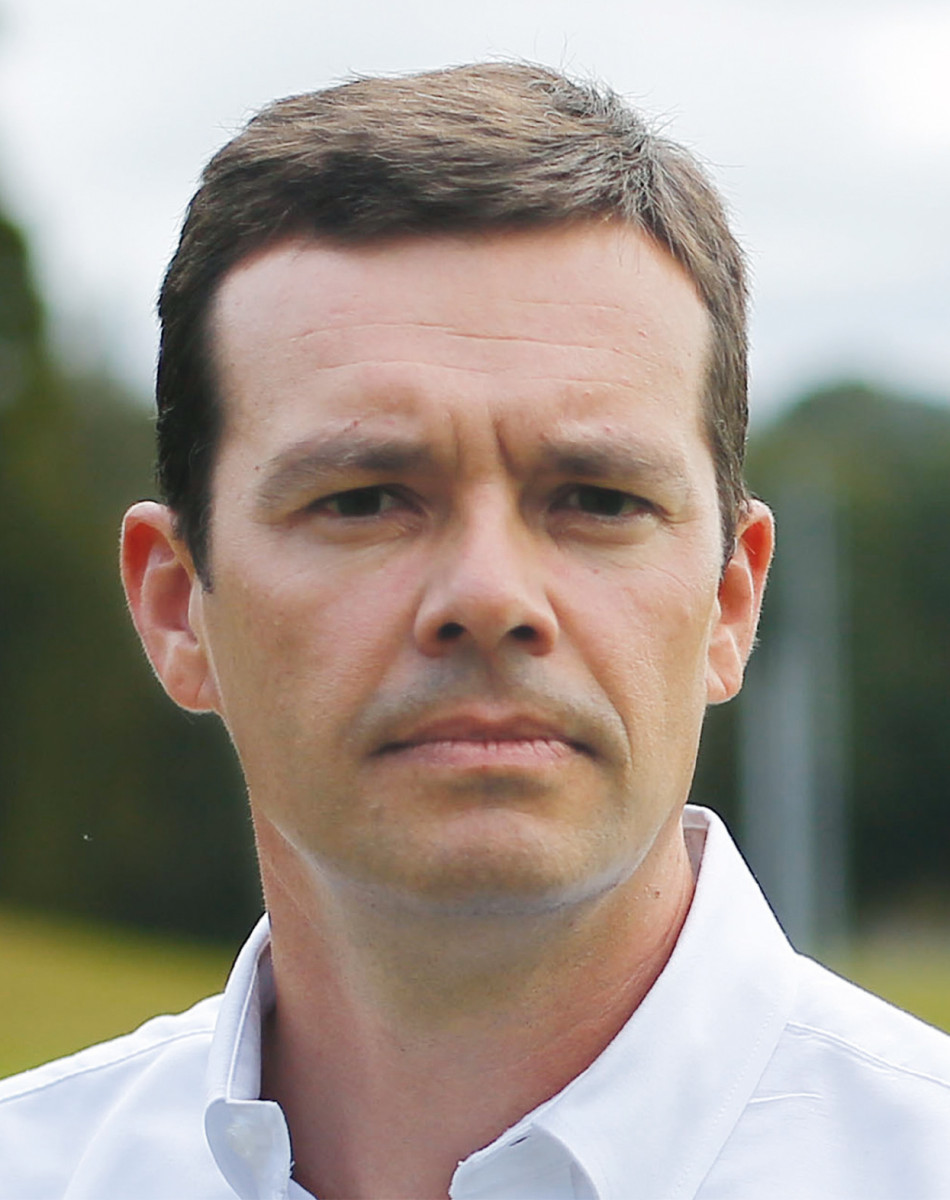
Oliver Ciesla
FIA WRC Promoter
Rallying itself is not only the World Rally Championship. Under the roof of the FIA you also have cross-country rallying or events such as Dakar that feed the endurance element the sport can have, or that the sport can predominantly focus on. Then we have other rally competitions like the European or world championships that do not necessarily also focus on the same attributes. They can focus on other elements, such as speed, reliability, aspects that a manufacturing brand would like to be associated with. Those elements all have to be considered in your events. How can I translate those things to an audience? What is the media possibility for me to bring that sport to the fan? And here, we learned that if I have a large number of stages each weekend that allows me to frequently tell stories about the start, split times and the finish; to tell those stories again and again. This creates more traffic, more attention and this is what teams and sponsors want. However, with 300km-long competitive stages and all the liaisons, WRC events still have more than 1000-1200km per weekend, so the tradition is maintained. And that’s important, because that duration provides income opportunities for event organisers. The more stages they have, the more hospitality, the more viewing opportunities there are, the more media content a promoter can produce and sell.
In the past couple of years our strong focus has been on building the digital platforms and establishing a relevant TV format, and after four years I think that has worked pretty well as we’ve seen continuous growth in broadcast hours, online users and TV audiences. For me, that’s the essence. It’s not about total duration; it’s about the shape of that time frame. Throughout the weekend we need to deliver information on a continual basis on digital platforms but also create a solid television package such as what we are doing with the Power Stage live or the event highlight show, features that create so much media attention that it’s worthwhile putting them on TV. What would we like to do in the future? We feel that an important element for growth would be to increase the number of events, giving us the opportunity to have more events in different time zones beyond Europe and to bring rallying to more people, to ignite the passion for a rally by visiting a location once or twice and for it to be accessible. That’s what we need to help this sport get a foothold in new markets.

 Facebook
Facebook Twitter
Twitter

